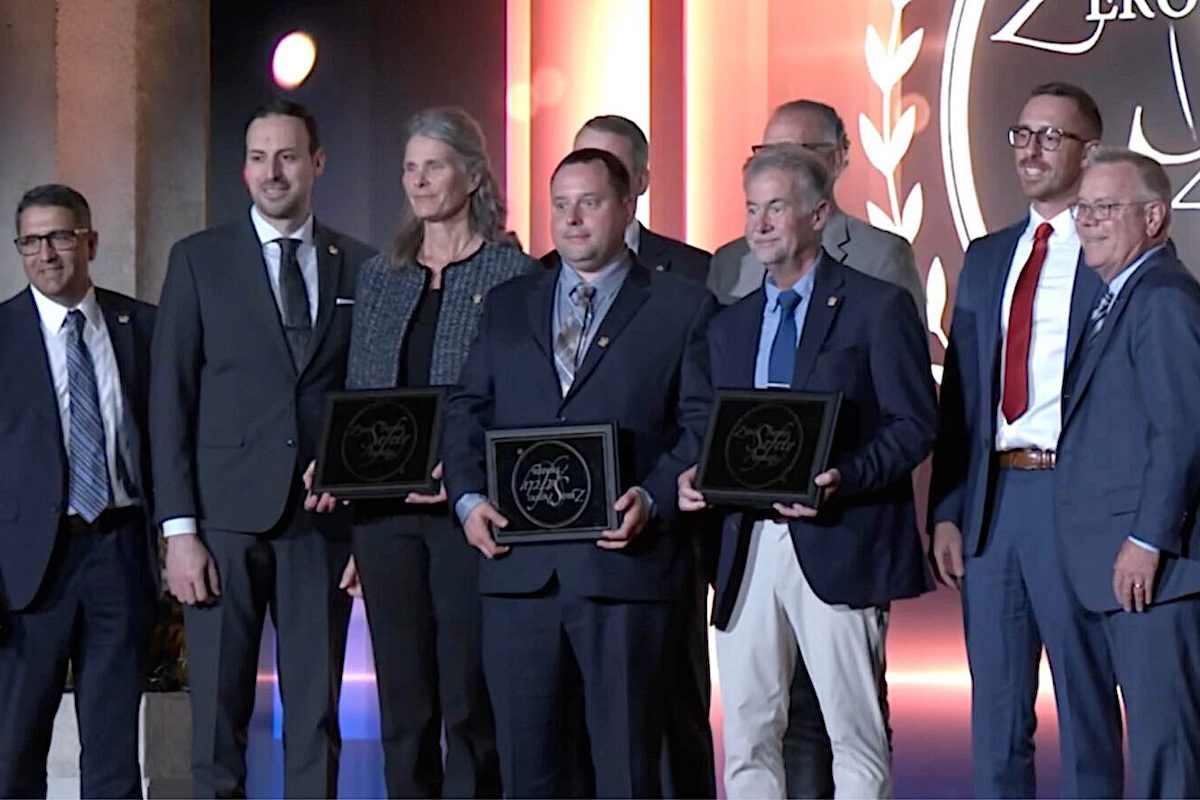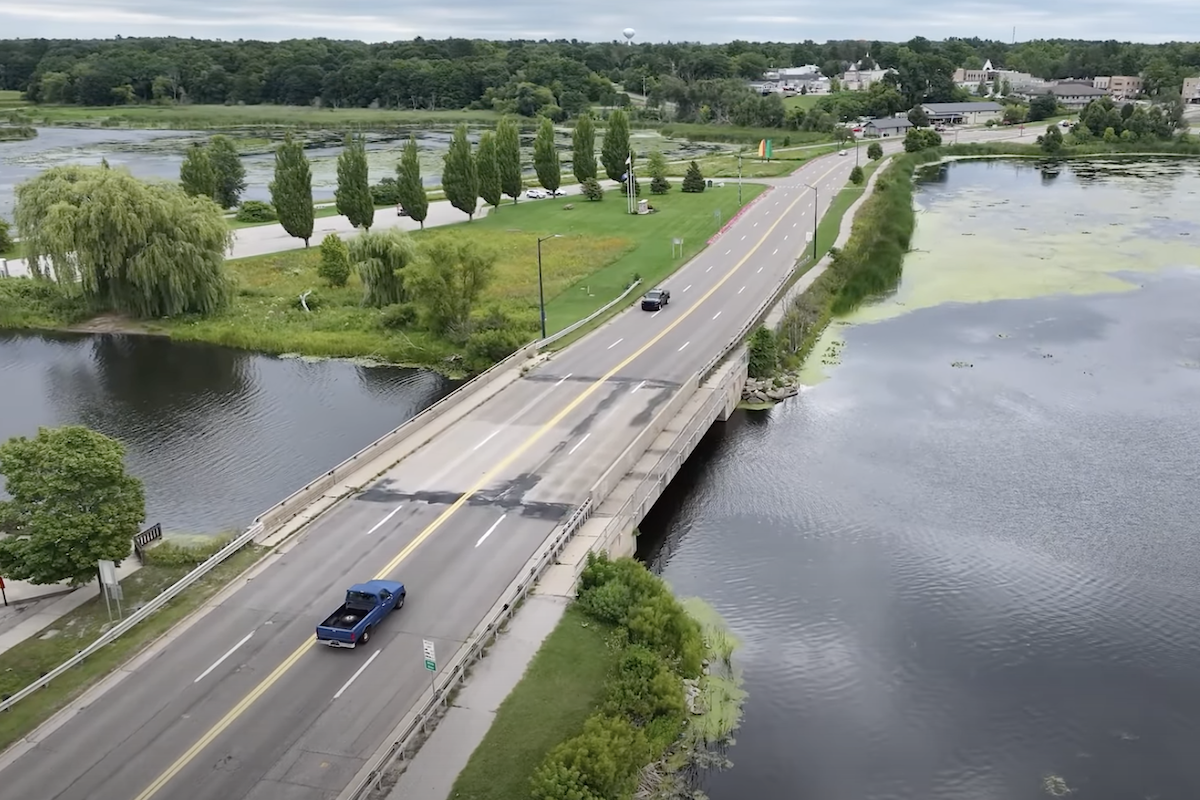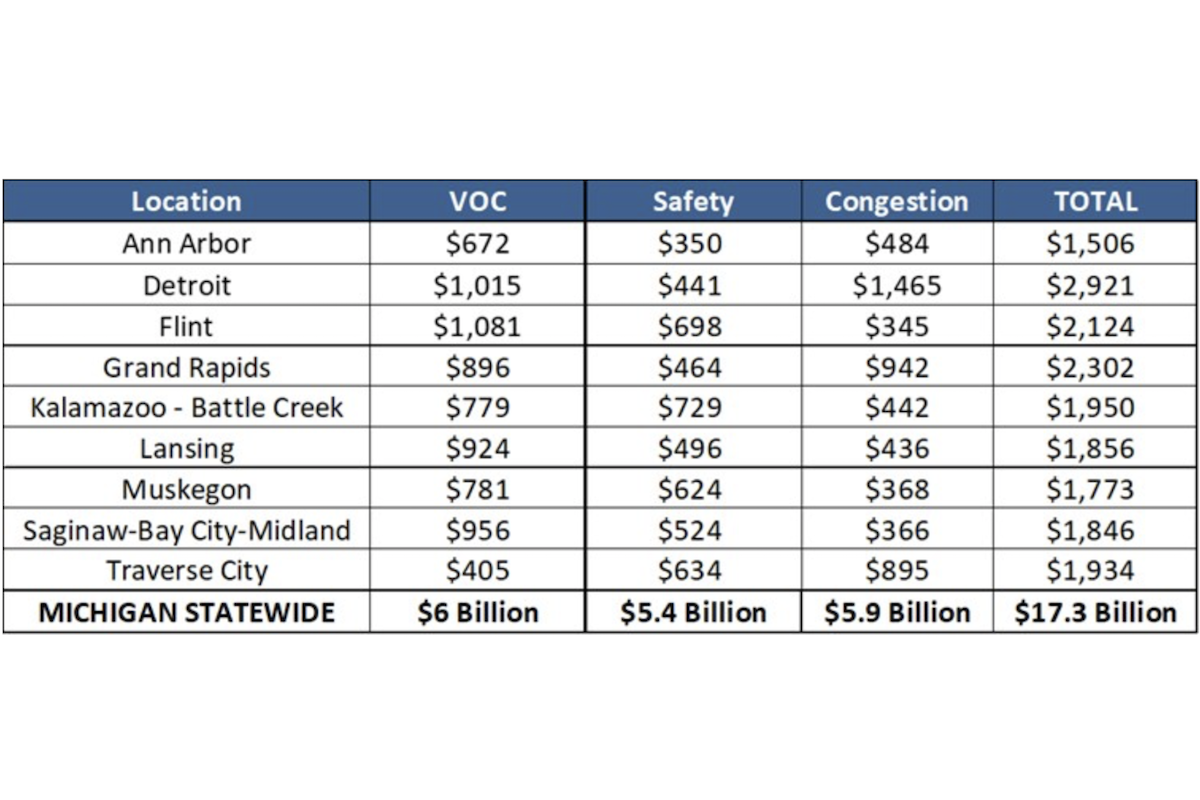DETROIT, MI — Roads and bridges that are deteriorated, congested, or lack some desirable safety features cost Michigan motorists a total of $17 billion statewide annually — as much as $3,005 per driver in some areas — due to higher vehicle operating costs, traffic crashes, and congestion-related delays. Additional investment in transportation improvements could relieve traffic congestion, improve road, bridge, and transit conditions, boost safety, and support long-term economic growth in Michigan, according to a new report released by TRIP, a Washington, D.C.-based national transportation research nonprofit.
The TRIP report, “Keeping Michigan Mobile: Providing a Modern, Sustainable Transportation System in the Great Lake State,” finds that while the state has used additional state and federal transportation funding to improve its transportation system in recent years, Michigan still faces an annual transportation funding gap of $3.9 billion, which could be even higher if maintenance is deferred and repairs become more costly over time. The ability of revenue from Michigan’s motor fuel tax — a critical source of state transportation funds — to keep pace with the state’s future transportation needs is likely to erode as a result of inflation in highway construction costs.
Throughout Michigan, 40 percent of major locally and state-maintained roads are in poor or mediocre condition, 11 percent of locally and state-maintained bridges (20 feet or more in length) are rated in poor condition, and the state’s traffic fatality rate has increased 6 percent since 2019. Michigan’s major urban roads are congested, causing significant delays and choking commuting and commerce. The TRIP report includes statewide and regional pavement and bridge conditions, congestion data, highway safety data, and cost breakdowns for the Ann Arbor, Detroit, Flint, Grand Rapids, Kalamazoo/Battle Creek, Lansing, Muskegon, Saginaw-Bay City-Midland, and Traverse City urban areas.
Michigan drivers lose a total of $17 billion per year in the form of extra vehicle operating costs (VOC) as a result of driving on roads in need of repair, lost time, and fuel due to congestion-related delays, and the costs of traffic crashes in which the lack of adequate roadway safety features, while not the primary factor, likely were a contributing factor.
The TRIP report finds that 21 percent of Michigan’s major locally and state-maintained roads are in poor condition and another 19 percent are in mediocre condition, costing the state’s motorists an additional $5.9 billion each year in extra vehicle operating costs, including accelerated vehicle depreciation, additional repair costs, and increased fuel consumption and tire wear.

| Your local Deere & Co dealer |
|---|
| AIS Construction Equipment |
Eleven percent (1,292 of 11,341 bridges) of Michigan’s bridges are rated poor/structurally deficient, with significant deterioration to the bridge deck, supports, or other major components.
Statewide, drivers lose $5.7 billion annually as a result of lost time and wasted fuel due to traffic congestion. Due to the COVID-19 pandemic, vehicle travel in Michigan dropped by as much as 54 percent in April 2020 (as compared to vehicle travel during the same month the previous year). By 2023, vehicle miles of travel in Michigan had rebounded to 3 percent below 2019’s pre-pandemic levels.
From 2019 to 2023, 5,389 people were killed in traffic crashes in Michigan, an average of 1,078 fatalities each year. In 2023, Michigan had 1.04 traffic fatalities for every 100 million miles traveled, lower than the national average of 1.26. The traffic fatality rate on the state’s rural, non-interstate roads was significantly higher than the fatality rate on all other roads in the state (1.62 versus 1.01). From 2018 to 2022, 18 percent of the state’s traffic fatalities in crashes involving motorized vehicles were of pedestrians or bicyclists, a total of 799 pedestrian fatalities and 146 bicyclist fatalities over the five-year period.
“Infrastructure is the backbone of Michigan’s economy,” said Ed Noyola, Chief Deputy and Legislative Director of the County Road Association of Michigan. “The problem is not going away, and we cannot continue to allow Michigan’s critical roads and bridges to fall into poor condition. We must invest in our transportation system to ensure that it is safe and reliable for generations to come.”

| Your local Trimble Construction Division dealer |
|---|
| SITECH Michigan |
Recognizing the need for additional transportation funding, the State of Michigan and the Michigan legislature increased the state’s motor fuel tax to 26 cents per gallon in 2017, which increased revenue from fuel taxes by $347 million annually. In 2019, the Rebuilding Michigan Program provided $3.5 billion in one-time bonding for state and federal roads. The five-year federal Infrastructure Investment and Jobs Act (IIJA), signed into law in November 2021, will provide $7.9 billion in road, highway, and bridge funding over five years, resulting in a 40 percent increase in federal funding over the first three years of the IIJA. Federal funds currently support 33 percent of the state’s transportation department spending on highway and bridge improvements.
While the additional state and federal funding has been helpful, the Growing Michigan Together Council submitted a report in 2023 to Governor Gretchen Whitmer, the Michigan House of Representatives, and the Michigan Senate noting that Michigan still faces an annual transportation funding gap of $3.9 billion, which could be even higher if maintenance is deferred and repairs become more costly over time.
As highway construction costs have increased due to inflation, the buying power of existing transportation funding has been diminished. The Federal Highway Administration’s national highway construction cost index, which measures labor and materials cost, increased by 43 percent in 2022 and 2023, and has increased 68 percent since the beginning of 2021.
“Michigan’s previous commitment to increasing transportation funding has paid off in the form of improvements to the state’s transportation network in recent years,” said Dave Kearby, TRIP’s Executive Director. “But in order to continue to make progress, the state will need to recommit to long-term, sustained investments in its transportation network.”
































































